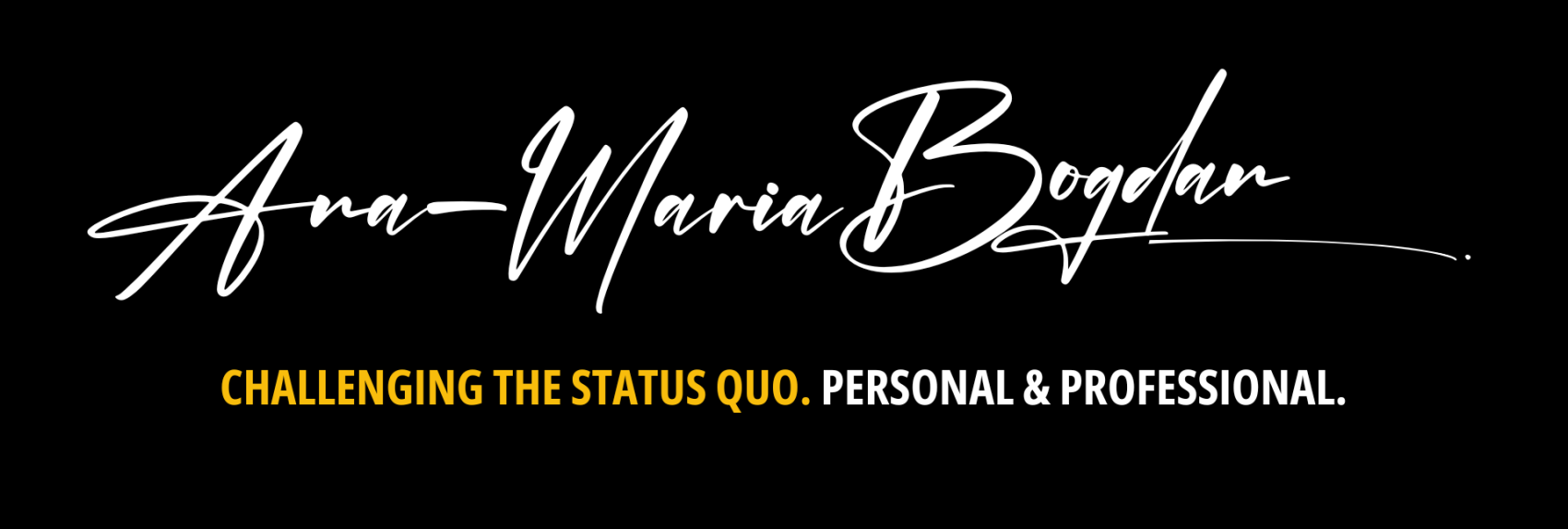“My mojito in the Bodeguita del Medio and my daiquiri in the Floridita.” These are the words left by Hemingway himself on a signed quote still hanging on the wall …
Tag:
Ernest Hemingway
-
-
“Daiquiri like Papa” or “Papa Doble” are the old names used for this Cuban rum cocktail honoring Hemingway. Today we simply call it “Hemingway Daiquiri”. This recipe is the exactly …


